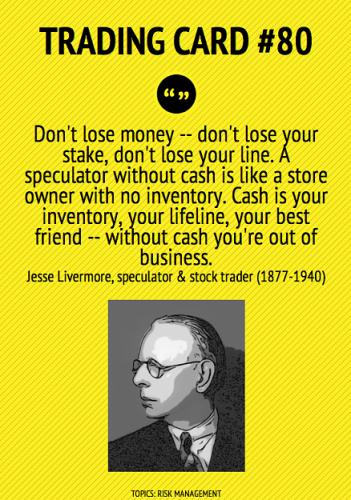Markets are ultimately driven by order flow. Even assuming it's possible to know exactly what orders are currently in place, and at what levels (the 'order book'), there are always more orders about to be added that traders have no knowledge of. These orders are created by a host of different factors, that are too diverse, complex and abstract (e.g. sentiment) to be calculated precisely.
I recall reading a good anecdote in a Mark Douglas book, that went something like this: A capable analyst who was hired by a firm. The analyst explained to his new boss how he could predict turning points by using support and resistance levels. When soybeans price reached a major support level, his boss said to him "OK, what you're saying is that price can go no lower, right?" The analyst said "Absolutely. This is the low of the day". His boss immediately picked up the phone and said "Sell two million beans at market", and within 30 seconds, the soybean price had dropped another 10c. The boss said "Now where did you say price was going to stop? If I can cause that, anybody can".
In short, the market is a mix of anonymous participants with unknown agendas. It takes only one large order, or one 'black swan' event, to upset even the most 'perfect' technical strategy. So the bottom line is keep your risk as low as possible and don't bet big on a single trade and think in terms of probabilities.

I recall reading a good anecdote in a Mark Douglas book, that went something like this: A capable analyst who was hired by a firm. The analyst explained to his new boss how he could predict turning points by using support and resistance levels. When soybeans price reached a major support level, his boss said to him "OK, what you're saying is that price can go no lower, right?" The analyst said "Absolutely. This is the low of the day". His boss immediately picked up the phone and said "Sell two million beans at market", and within 30 seconds, the soybean price had dropped another 10c. The boss said "Now where did you say price was going to stop? If I can cause that, anybody can".
In short, the market is a mix of anonymous participants with unknown agendas. It takes only one large order, or one 'black swan' event, to upset even the most 'perfect' technical strategy. So the bottom line is keep your risk as low as possible and don't bet big on a single trade and think in terms of probabilities.



